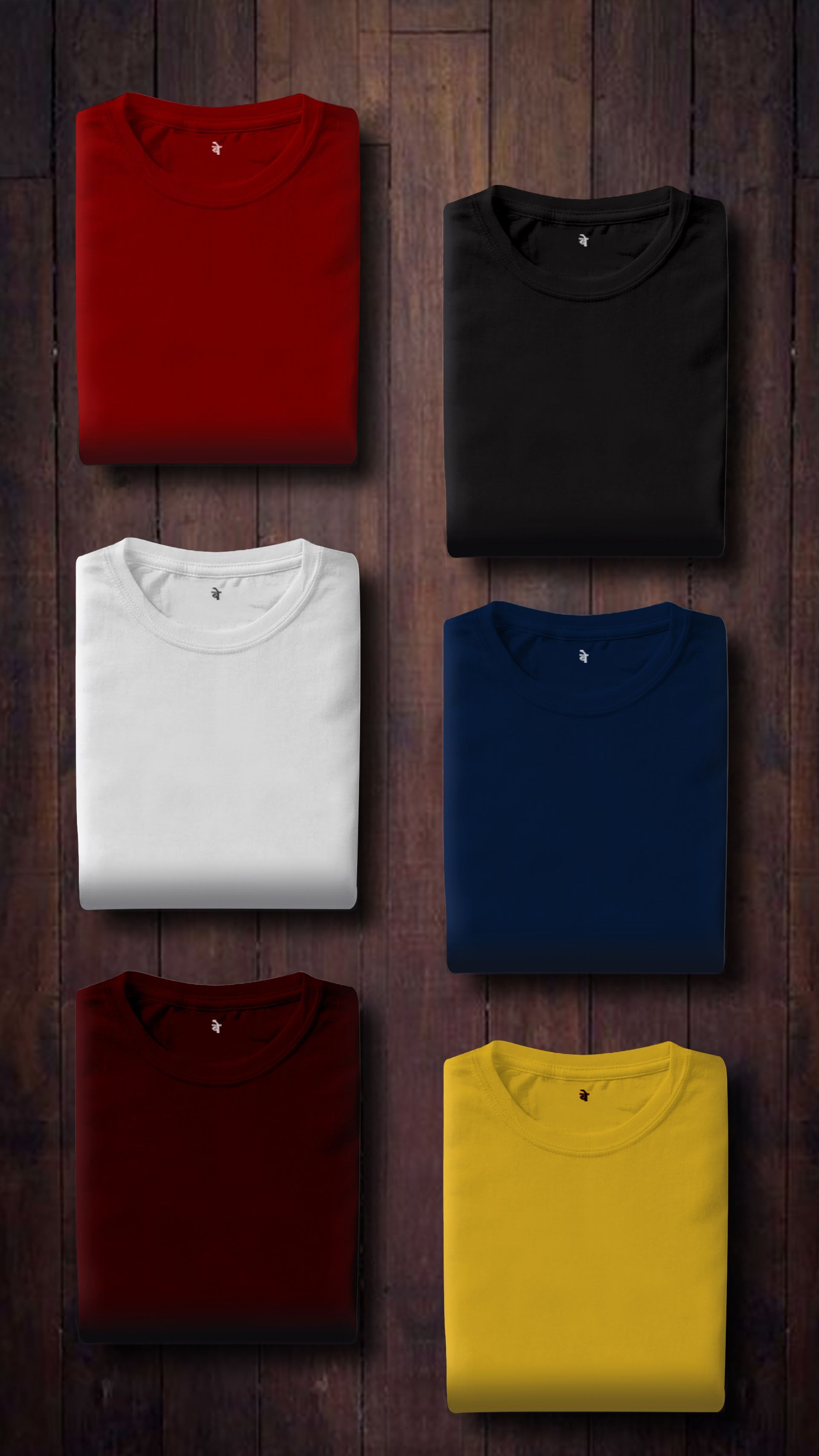From Basics to Brilliance: How to
Cut Perfect Menswear Patterns
Every Time
If you're a pattern cutter for menswear, then you know how important it is to get the perfect pattern cut every time. Pattern cutting for menswear is a complex art, and requires a lot of skill and expertise to get right. However, with the right techniques, you can make sure that every pattern cut is perfect. In this blog post, we'll take a look at the basics of pattern cutting for menswear and then explore some advanced techniques, so that you can create the perfect pattern for your menswear designs.
Understanding the Importance of Pattern Cutting in Menswear
Understanding the Importance of Pattern Cutting in Menswear
Pattern cutting is a crucial aspect of menswear design, as it determines the fit, comfort, and overall look of the garment. While many may overlook its significance, pattern cutting is the foundation upon which every menswear design is built. It involves creating precise templates or patterns based on mens sizing charts, which serve as the blueprint for cutting and assembling the fabric.
However, pattern cutting for menswear can be challenging due to the unique body proportions and fit requirements. Menswear pattern cutters often face difficulties such as accommodating broader shoulders, longer torsos, and varying waist sizes. These challenges require a deep understanding of anatomy, garment construction, and fabric behavior.
By mastering pattern cutting techniques, designers can create garments that not only fit well but also enhance the wearer's silhouette. It allows for better control over how the fabric drapes and molds to the body, resulting in more flattering and comfortable garments.
In the next sections, we will delve into the fundamental techniques of pattern cutting for menswear, as well as explore advanced methods and fitting techniques. Stay tuned to learn how to create impeccable patterns for your menswear designs.
Getting Started with Basic Pattern Cutting Techniques
Pattern cutting is the foundation of every menswear design, and getting started with the basics is essential for achieving perfect patterns. One of the first steps is to familiarize yourself with mens sizing charts, which serve as a guide for creating precise templates. By understanding these charts, you can ensure that your patterns are accurately tailored to different body shapes and sizes.
However, it's important to acknowledge the difficulties menswear pattern cutting presents. Accommodating broader shoulders, longer torsos, and varying waist sizes can be a challenge. But with practice and patience, you can master the art of pattern cutting for menswear.
To get started, begin with simple garments like t-shirts or trousers. Learn the essential techniques such as measuring, drafting, and manipulating patterns. Practice these techniques until you feel comfortable and confident in creating basic patterns.
Remember, pattern cutting is a skill that takes time to develop, so be patient with yourself. With practice, you'll soon be ready to move on to more advanced techniques and create unique and stylish menswear designs.
Advanced Techniques for Creating New Jacket and Trouser Styles
Once you've mastered the basics of pattern cutting for menswear, it's time to dive into advanced techniques that will help you create unique and stylish jacket and trouser styles. While the foundation of pattern cutting lies in understanding mens sizing charts and accommodating different body shapes and sizes, these advanced techniques will take your skills to the next level.
When it comes to creating new jacket and trouser styles, you'll need to experiment with different design elements such as lapel shapes, pocket placements, and waistband details. You can also explore different cutting techniques, such as adding pleats or darts for shaping, or incorporating unique seam details for added interest.
Additionally, don't be afraid to mix and match fabrics to create texture and contrast within your designs. Play with different weights, textures, and patterns to achieve the desired effect.
By pushing the boundaries of pattern cutting, you can create truly innovative and fashion-forward jacket and trouser styles that will set your menswear designs apart from the rest. So, get creative and let your imagination run wild!
How Fabric Properties Affect Cut and Drape in Menswear
Understanding how fabric properties affect the cut and drape of menswear is crucial for achieving the perfect fit and look. Different fabrics behave differently when cut and sewn, and understanding their characteristics is essential for pattern cutters.
One of the difficulties menswear pattern cutting presents is choosing the right fabric for each design. Fabrics with more structure, such as wool or denim, will hold their shape better and create a more tailored look. On the other hand, fabrics with more drape, such as silk or lightweight cotton, will create a softer and more relaxed silhouette.
Additionally, the weight, stretch, and texture of the fabric can also impact how the garment fits and drapes on the body. Heavier fabrics may require adjustments in pattern cutting to accommodate their weight, while stretch fabrics may require different cutting techniques to ensure a comfortable fit.
By understanding how fabric properties affect cut and drape, pattern cutters can make informed decisions when selecting fabrics and adjust their cutting techniques accordingly. This knowledge will result in garments that not only fit well but also showcase the desired style and silhouette. So, take the time to explore different fabrics and experiment with how they interact with your patterns – it will make all the difference in achieving the perfect menswear designs.
Fitting Techniques for Structured Jackets: Achieving the Perfect Fit
When it comes to menswear pattern cutting, achieving the perfect fit for structured jackets can be quite challenging. However, with the right fitting techniques, you can ensure that your jackets not only look stylish but also fit like a glove.
One of the difficulties menswear pattern cutting presents is accommodating different body shapes and sizes, especially when it comes to structured jackets. Broad shoulders, longer torsos, and varying waist sizes can make it tricky to achieve the ideal fit.
To overcome these challenges, it's important to pay attention to key fitting techniques. These include properly measuring and adjusting the pattern to ensure it conforms to the wearer's body shape. Adding or removing ease in specific areas can help create a tailored and flattering fit.
Additionally, understanding the principles of jacket construction and tailoring can also greatly contribute to achieving the perfect fit. Techniques such as adding darts or pleats for shaping, properly positioning shoulder seams, and adjusting collar and lapel sizes can make a significant difference in how the jacket sits on the body.
By mastering these fitting techniques, you can ensure that your structured jackets not only look stylish but also provide optimal comfort and fit for the wearer. So, don't be afraid to experiment, adjust, and fine-tune your patterns until you achieve that perfect fit. Your clients will thank you for it!
New paragraph
The Future of Pattern Cutting: CAD-Based Technologies and Menswear
We bring pride and passion to every project that we undertake, with a professional team of designers, project managers and tradespeople.








